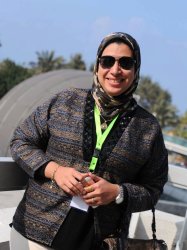BibTex format
@inproceedings{Najjaran:2018,
author = {Najjaran, Kheirabadi A and Harraz, AA and Freeman, J and Mac, Dowell N and Markides, CN},
publisher = {ECOS},
title = {Numerical and experimental investigations of diffusion absorption refrigeration systems for use with low temperature heat sources},
url = {http://hdl.handle.net/10044/1/62182},
year = {2018}
}

